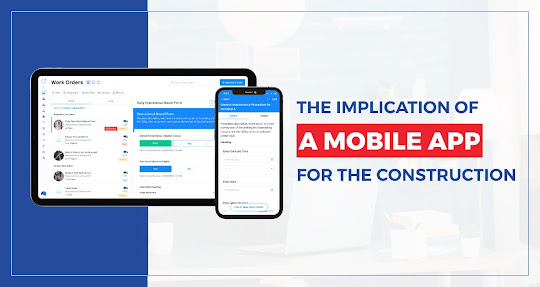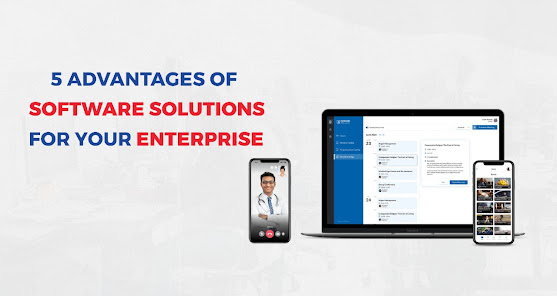Improve your design process with these six UX deliverable's
Our initial goal as a UX design firm is to gain understanding and knowledge. We go above and beyond to learn everything we can to improve our design solution.
But first, what exactly is user experience design, and why is it so important?
UX design, in a nutshell, is the process of creating a product that is useful, simple to use, and valuable. The goal of UX design is to improve user satisfaction and ensure that the product and the user have a smooth interaction.
What's more, why is it significant? UX design is important because it prioritizes the user. A positive user experience, in particular, encourages users to stick with a product or brand. A rich user experience also allows for a more precise definition of customer journeys, which is beneficial to business success.
How Does a UX Designer See the World?
It can be helpful to get into the head of a working UX designer and understand how they see the world when learning about the core principles of UX design. Because UX design is primarily a people-focused profession, one of the most important UX design skills is the ability to comprehend the needs and behaviors of the site, application, or product's users.
After that, the UX designer tries to match those needs and desires to the company's business objectives. As previously stated, the UX designer strives to make each action useful, usable, and enjoyable for the user.
Top 6 Standard UX Deliverable's:
Our clients expect the following five standard UX deliverable's in their website design:
1. Business Goals and Technical Specifications
Understanding the product's intent, or why it exists in the first place, is the first step in any UX design process. The problem under consideration, suggested solutions, and a broad description of the target market should all be included in this deliverable.
It should also include a brief description of the delivery channels as well as a brief discussion of the technical strategies that will be used to deliver the product.
2. Personas
Without a relatable situation, it can be difficult to get clients or stakeholders to understand what customers expect from their products. To display user behavior patterns and conduct more user research, UX designers create personas (fictional characters that represent the product's real-life users).
Depending on the scope of a project, UX designers will typically create multiple personas to capture various audience characteristics. These personas are essential UX deliverable's because they help you empathize with end-users by allowing you to understand who they are and what they want from the product.
3. Sitemap
Making a visual representation of your web design process before you begin the design process is a great way to set yourself up for success. A visual sitemap can help with this. This UX deliverable assists you in gathering content, organizing and labeling web components, and creating the information architecture for your site.
Furthermore, sitemaps serve as the foundation for taxonomy and user interface development. Finally, they could be useful during the final stages of product development. Use them as a guide for making changes to the product as it evolves as a result of sequential user testing.
4. Competitive Analysis Report
It's one of the most crucial user experience deliverable's to remember. You must identify and assess your competitors' weaknesses and strengths. You should also compare it to the goods and services you provide. A user experience designer must search for the product that people are using to solve the problem. You should also see if there is a better product available.
Finally, the UX designer must demonstrate how his products and services can help people. Typically, five competitors are chosen during the competitive analysis process. It aids in determining what these competitors are doing correctly and incorrectly. The goal is to establish clear objectives by establishing a design direction.
5. Experience Maps and User Flows
Experience maps can be thought of as a visual representation of the user flow. It depicts the objectives, time spent, feelings, thoughts, expectations, and reactions, among other things. In layman's terms, it aids in determining how a user responds to a product or service.
User journeys and user flows are similar. User experience, on the other hand, refers to the steps that a user takes to interact with a product. It depicts the functionality, behavior, and some possible tasks that the user could complete.
You can decide what content or functionalities to include in the UI once you understand the flow. The designer's ultimate goal is to understand the user's behavior, pain points, and goals in order to solve the problem. The user will encounter a problem while using your product or service, which is called user flow. The user journey, on the other hand, reveals how the customer interacts.
6. UX Wire-frames
UX wire-frames are a two-dimensional representation of interface elements and the design framework. It aids in the comprehension of what goes where. It's also a kind of layout that you can use to define interaction design, user behavior, information architecture, content, and so on. When you have a good UX platform, creating UX wire-frames is a lot easier. Mockitt is one of the best examples. It's an online wire-framing tool for making highly interactive wire-frames.
Another common UX design deliverable for UX designers is wire-frames. In an interview, the designer is asked about this. After all, a wire-frame aids in the exploration of ideas and the generation of concepts that are aligned with the customer's objectives.
Wrapping Up:
Every UX designer's primary goal is to create a product that is relevant to the user. It should be determined by the user's actions, motivations, goals, and pain points, among other factors. And it is to this end that the above-mentioned UX design deliverable's assist the designers.
Looking out for the best UI/UX Development company?
At ORP Versatile Mobitech, we understand that design is created for and intended to cater to the user, and we are here to make what is best for them. We take the time to get to know the user, their personal information, as well as their needs and requirements.
Whatever product we develop is well-thought-out and designed to be easily adopted by your users. Our goal is to create a product that is intuitive, clean, and simple to navigate. Contact us today to know more!



Comments
Post a Comment